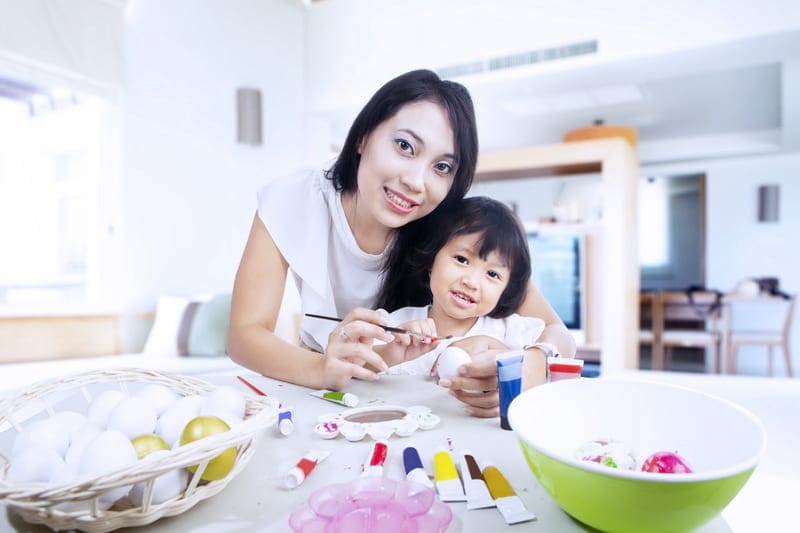Pregnancy not only forces you to go dress shopping, but you might also find yourself searching for a bigger pair of shoes. This is because your feet can swell during pregnancy, and you might end up going a shoe size.
If you’re pregnant, it’s likely that you’ll experience some swelling in your extremities, particularly your ankles and hands. This is called edema, and it’s thought to be caused by the extra fluid that your body is retaining during pregnancy. It’s a common condition, affecting around three-quarters of all pregnant women, and usually occurs during the later stages of pregnancy. While it can be uncomfortable, it’s usually harmless and will resolve itself after you’ve given birth.
Your body expands and your weight increases when you are pregnant due to the fetus growing in the uterus. This extra weight typically totals around 20lbs, and puts added pressure on your feet which leads to swelling.
Many pregnant women find that their hands and feet swell up, especially towards the end of the pregnancy. A pregnant woman’s increased production of fluid and dilation of blood vessels causes fluid to flow and be absorbed into the tissues. Since the hands and feet are at the extreme end of the body, they are more susceptible to this swelling.
Although edema is usually not a concern, if you observe that one foot is more swollen than the other, consider consulting with your gynecologist or midwife for a second opinion. If you’re experiencing swollen feet during pregnancy, it’s crucial to see a doctor as it might indicate a severe ailment like preeclampsia.
How to reduce swelling?
If you have swollen feet, avoid standing for prolonged periods as this will increase the swelling. For relief, prop your feet up on a stool or pillows when you can and put ice on your feet for 20 minutes several times a day.
The average person needs around eight hours of sleep per night. If you’re not getting enough rest, you may start to feel fatigued and notice changes in your skin, such as dark circles or dull-looking skin. To help you look and feel your best, aim to get at least seven to eight hours of sleep each night. In addition to getting enough sleep, you can also help improve your appearance by eating a healthy diet and using a quality skincare routine.
If you want to maintain a youthful appearance, make sure to get enough sleep each night. Lack of sleep can lead to fatigue and changes in your skin, such as dark circles or dull-looking skin. To help you look and feel your best, aim to get at least seven to eight hours of sleep each night. In addition to getting enough sleep, you can also help improve your appearance by eating a healthy diet and using a quality skincare routine.
It’s important to keep your feet elevated whenever possible to reduce swelling. Rest them on a table or another surface, and avoid sitting with your legs crossed at the ankle.
Wear comfortable shoes to avoid forcing your feet into ill-fitting footwear. Aerobic shoes are usually the most comfortable option and can help prevent heel pain. Additionally, it’s important to avoid wearing tight socks and stockings, especially around the ankles.
During pregnancy, you need to drink plenty of water to keep your body hydrated and maintain a steady flow of fluid. Make sure you drink adequate amounts of water throughout the day.
If you’re pregnant, it’s important to be mindful of what you eat and how much weight you gain. It’s normal to gain some weight during pregnancy, but you don’t need to indulge in all the available foods. Try to limit sweet and fatty foods, and get your daily caloric requirements from healthy sources.
Massaging your feet with warm oil can help reduce swelling and feels great for relaxation.
Exercise is great for edema as well as helps in better development of the baby. Yoga and water aerobics are two excellent exercises to help improve edema and promote baby development.
Some feet exercises
Put your feet up and align them to your body. Bend your feet forward as much as you can, and then bend them backwards. Alternately repeat this process ten times.
There are many benefits to rotating your feet. This simple exercise helps to improve circulation and flexibility, and can be done anywhere, anytime. To rotate your feet, start by placing one foot flat on the ground. Then, trace a circle around the ankle in a clockwise direction 10 times. Next, trace the circle in a counter-clockwise direction 10 times. Repeat this exercise with the other foot.
Walking at a slower pace for half an hour helps to maintain and improve circulation in the feet, which prevents and reduces puffiness.











